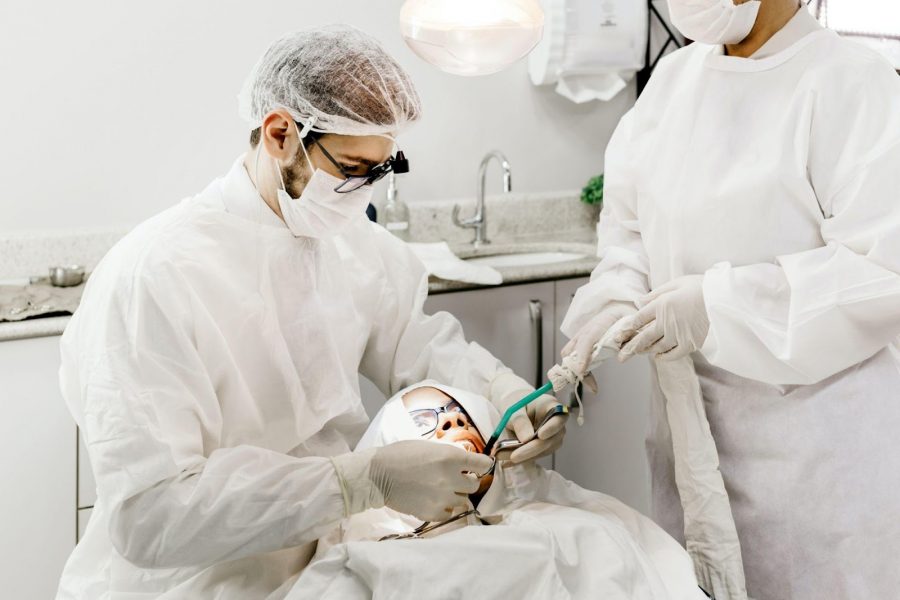Oral cancer occurs in the mouth tissues. It’s part of a more significant category of tumors known as squamous cell carcinoma—the majority form in the squamous epithelium of your tongue, tongue, and lips. Following advancements in technology, medical professionals have devised a variety of oral cancer treatment that will alleviate the agony of patients to a large extent.
Continue reading to learn more about oral cancer and how to treat it.
Risk Factors
Oral Cancer Symptoms Include:
- A persistent ache on your lips or mouth
- A lump or growth in your mouth of any kind
- Bruising in your mouth
- Crooked teeth
- Trouble swallowing or pain
- Difficulty wearing dentures
- A tumor in your throat
- A throbbing earache that refuses to go away
- Significant weight reduction
- Numbness in the lower lip, face, neck, or chin
- Spots in or on your mouth or lip that are white, red and white, or red
- A scratchy throat
- Stiffness or pain in the jaw
- Tongue ache
Treatments
Oral cancer treatment differs depending on the kind, stage, and location of cancer at the time of diagnosis.
Surgery
Surgery of tumor and malignant lymph nodes are frequently removed during surgery in the early stages. Other tissues around the lips and neck may also be removed.
Radiation Therapy
Another alternative is radiation therapy. A doctor will direct radiation beams at the tumor more than once a day for a continuous few weeks. Chemotherapeutic and radiation therapy are frequently used in advanced phases of cancer treatment.
Chemotherapy
Chemotherapy is a treatment that kills cancer cells. You can take orally or via an intravenous (IV) line. Most patients receive chemotherapy as an outpatient, while some do require hospitalization.
Laser Gum Recontouring
Incisions and stitches are used during laser gum recontouring, resulting in apparent alterations to your smile. Using laser technology, it seems there is a non-invasive option that does not cut or scar your gum tissue. A tiny laser fiber, about the width of three human hairs, is used in laser periodontal therapy to target bacteria and sick tissue while avoiding healthy tissue. Because no cuts are made, there is no bleeding or stitches.
Nutrition
Oral cancer treatment includes a focus on nutrition as well. Many therapies make eating and swallowing difficult or uncomfortable, and poor appetites and losing weight are common side effects. It is imperative to consult your doctor about the diet.
A nutritionist can assist you in creating a meal menu that is soft on your tongue and throat while also providing your health with the energy, nutrients, and minerals it requires to recuperate.
Keeping Your Mouth In Good Shape
Finally, it’s critical to keep your mouth healthy while undergoing therapies like laser gum recontouring. Maintain good oral hygiene by keeping your mouth hydrated and your gums and teeth clean.
Conclusion
Early detection of oral cancer is essential since stages 1 and 2 tumors may be less complicated and have a better likelihood of success. Following the treatment, your doctor would want you to have regular visits to ensure that you’re doing well. Medical exams, lab tests, X-rays, and Scans are frequently included in your treatment. If you spot anything abnormal, make an appointment with a doctor or oncologist.
To receive the best therapy for oral cancer, go to any professional dentistry which offers the best oral cancer treatment.



